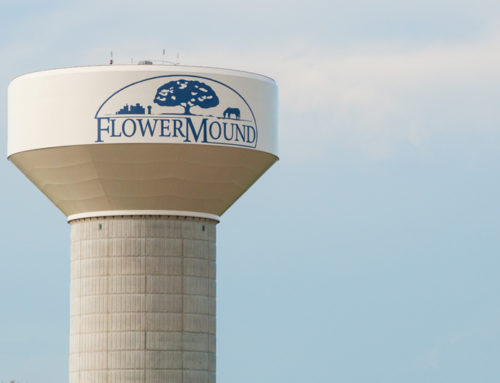Since the pandemic called COVID-19 started a few months ago, the normal world we all live in has come to a grinding halt. The “stay at home” or “shelter in place” orders keep us from our normal, daily routines. No socializing with our coworkers. No family vacations. Nothing. Cabin fever is setting in for all of us I’m sure. We all are ready to discover our new normal.
As Director of Field Operations at BSI for the last 20 years, it seems like I am constantly on the road to industry conferences, training classes, startup meetings, or being able to perform cross-connection inspections in a new town. I have been so fortunate to have worked with some amazing people, in some locations far and wide across the United States and Canada. So, for me, this time means mostly no road trips, allowing me to reflect back on a two decades long education in cross-connection control. What I have discovered over the years is that one area’s “boiler” is another area’s “hydronic heating”. And is it a swamp cooler or a cooling tower?
I have discovered that solar heating systems are quite prevalent in the bright, sunny Southwest and can hardly be found in other parts of the country where there aren’t enough sunny days to make them financially feasible. Irrigation systems in service all year round in the Southeast, only a few short months in the northern colder climates, and practically nonexistent due to the drought restrictions of the West. Do you call it an RP, RPZ or RPZA? DC or DCVA? And which level of protection is required and what are the installation parameters? The variety list seems to be endless at times.
However, no matter the regional terminology or the regulation to be followed, I have come to realize that there is one commonality that runs through it all. Those of us who work in the cross-connection control industry are all united in the desire to protect the water distribution supply from contamination or pollution so that clean, safe, and potable tap water is delivered to the customers.
With the passage of the Safe Drinking Water Act in 1974, the importance of an effective cross-connection control program has become more and more essential for all water distribution systems. We work every day to protect the water supply by identifying cross-connection hazards in water systems that must be either protected or eliminated.
Jody Hill, Director of Field Operations
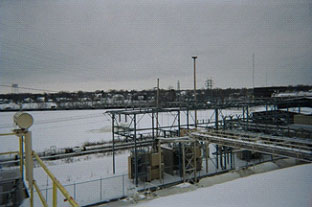
A frozen Wisconsin River in Wisconsin Rapids, WI
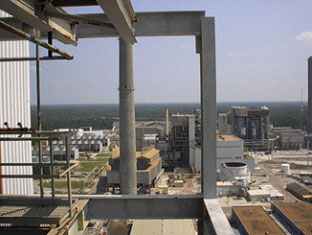
High Above the Entergy Nelson Plant in Westlake, LA
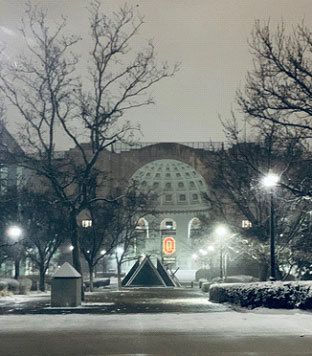
The Shoe in Columbus, OH
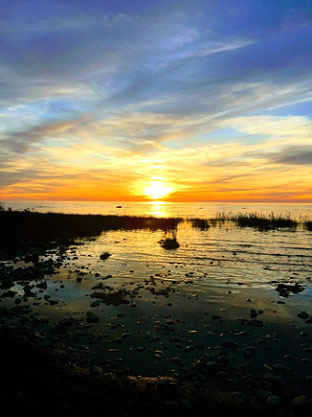
Sunset in Owen Sound, Ontario Canada

Sunrise in St Cloud, MN
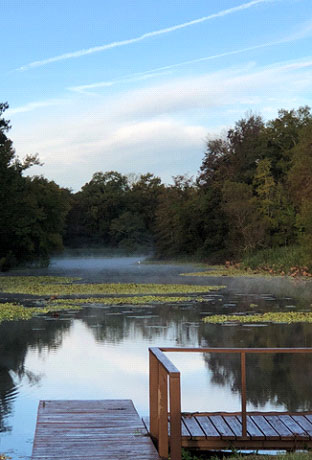
Time for a break in Surrey, British Columbia Canada
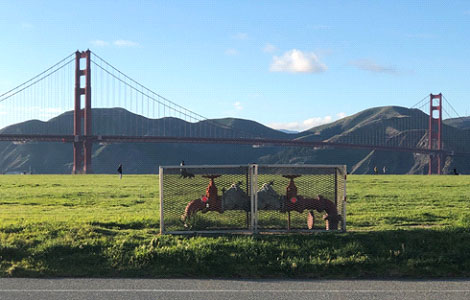
Golden Gate Bridge as a backdrop in San Francisco, CA



